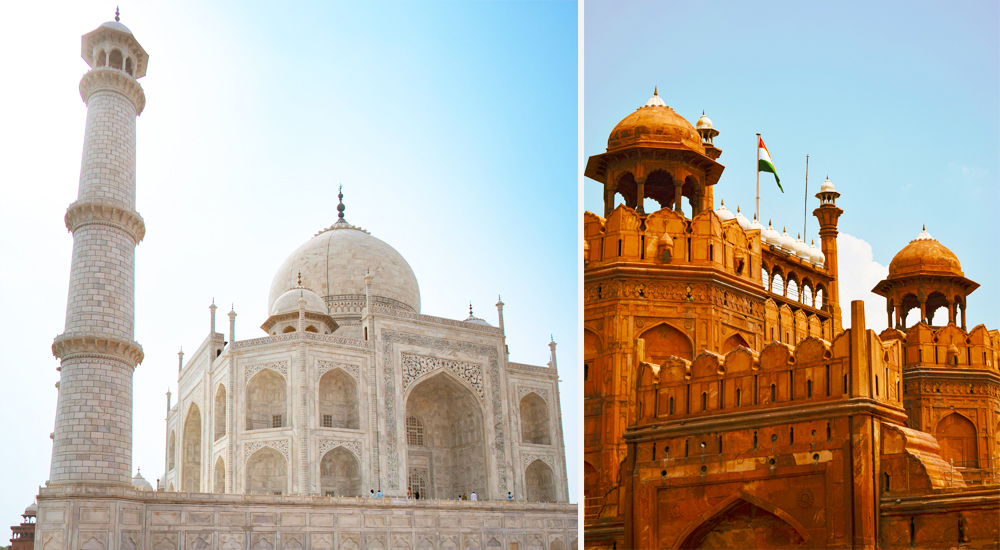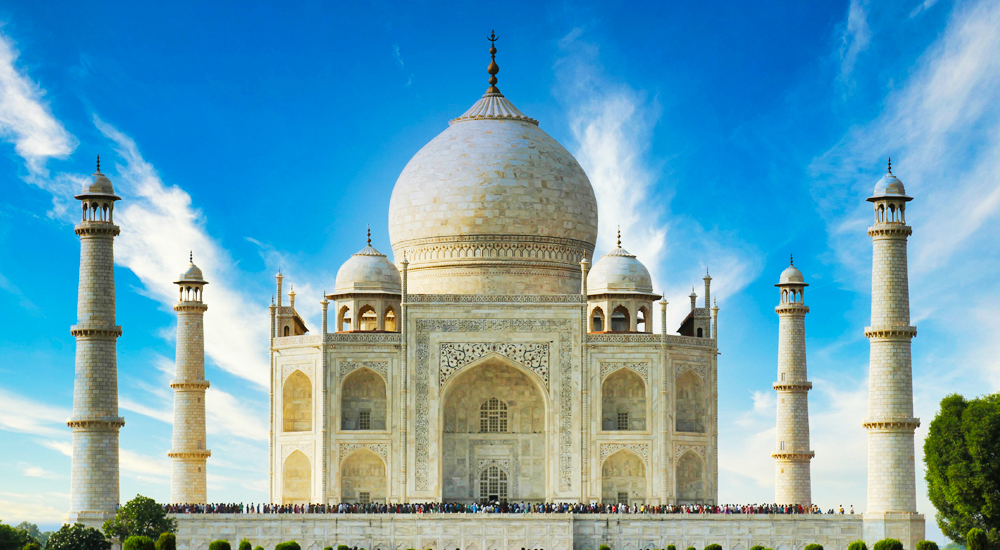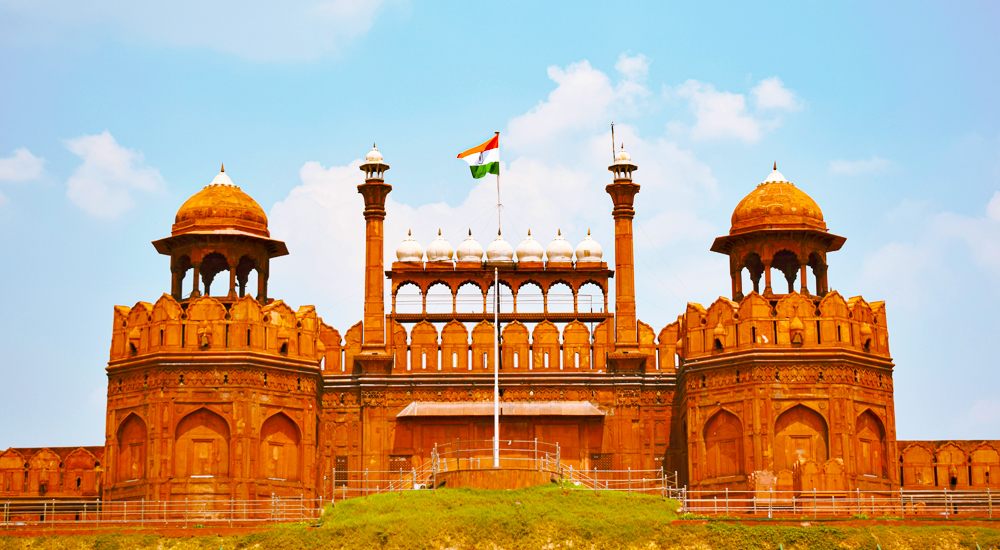
Agra, a city in the state of Uttar Pradesh, India, has an extensive history of cultural heritage. This has become the central tourist attraction over the past few decades. Be it museums, monuments, galleries, or local markets, one can find a range of options here to explore. However, one of the main charms for many visitors is the location’s rich history.
When talking about India’s rich history, who can forget to mention the Taj Mahal and the Red Fort? Both the Taj Mahal and the Red Fort are declared UNESCO World Heritage Sites. The architecture of the Taj Mahal and the Red Fort effectively capture the nation’s cultural history. In this article, let’s discover the rich history of the Red Fort and the Taj Mahal.
Cultural history of the Taj Mahal

Located in Agra, the Taj Mahal is one of the most famous and iconic tourist attractions in the world. Established between the time periods of 1631 and 1653 by the Mughal Monarch Shah Jahan, the Taj Mahal stands as a testimony to love. The divine architecture of the Taj Mahal also represents the cultural history of India.
The history of Taj Mahal focuses on Shah Jahan’s passionate love and misery for his wife, Mumtaz Mahal. The name Mumtaz means “the beloved ornament of the palace.” Not only that, but among the other wives, Mumtaz was the most favorite wife of Shah Jahan. What’s more? They had 14 children together.
However, Mumtaz Mahal passed away in 1631 while giving birth to their fourteenth child. Distressed by the grief of her death, Shah Jahan then built this magnificent monument in order to honor her memory. The name Taj Mahal means “the crown of the palace.” It took thousands of hours’s labor and 22 years to complete this monument.
The monument is worldwide popular because of its divine beauty, asymmetrical layout, and fancy marble carvings. While it may be true that this monument is a symbol of love, on the other hand, it also depicts the power and wealth of the Mughal monarch.
- Location: Tajganj, Agra, Uttar Pradesh
- Best time to visit: October to March
- Visiting hours: From 6:00 a.m. to 6:30 p.m. (remains closed on Friday)
- Entry fee: 50 rupees per person for Indians. 1100 rupees per person for foreigners. 540 rupees for tourists from BIMSTEC and SAARC countries.
Rich history of the Red Fort

The history of Agra Red Fort goes back to 1638. Established by the Mughal Emperor Shah Jahan, it is the place where the Mughal emperors lived. This fort is also widely known as the Laal Quila. The fort was under the Mughal Empire for about 200 years. Particularly, Bahadur Shah Zafar was the last empire to live here.
In this royal architecture, there are a number of palaces. Although most of the region of the fort is under BSF, there are still a lot of places to explore. The main entrance of the Red Fort is the Amar Singh Gate. The Red Fort has many palaces that are worth visiting. The Jahangir Mahal was the main residence of the female members of the royal family. Then you will find Diwan-i-Am, which is the public hall. Leaving behind the Diwan-i-Am, you can see the Khas Mahal, which is the king's palace and the main gem of the Red Fort.
- Location: Rakabganj, Agra, Uttar Pradesh
- Best time to visit: October to March
- Visiting hours: Open 7 days a week, from 6:00 a.m. to 6:00 p.m.
- Entry fee: 50 rupees per person for Indians. 650 rupees per person for foreigners. 90 rupees for tourists from BIMSTEC and SAARC countries.
Be it the elegance of the ivory-stone-carved Taj Mahal or the intricate architecture of the Red Fort, both sites hold pride in the cultural history of India. So, what are you waiting for? Visit the Taj Mahal and Red Fort on your next historical tour, because there is so much more to explore.






